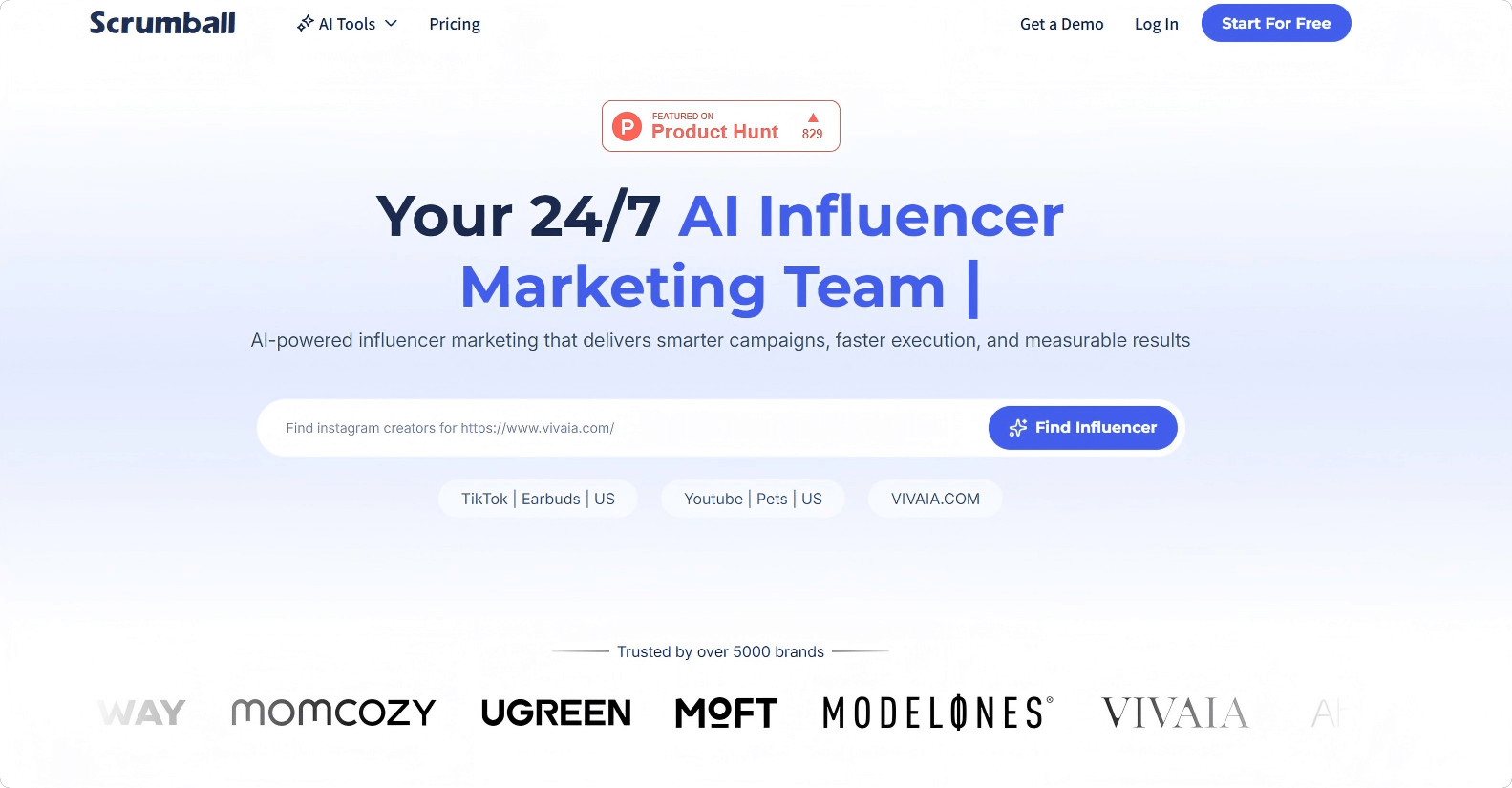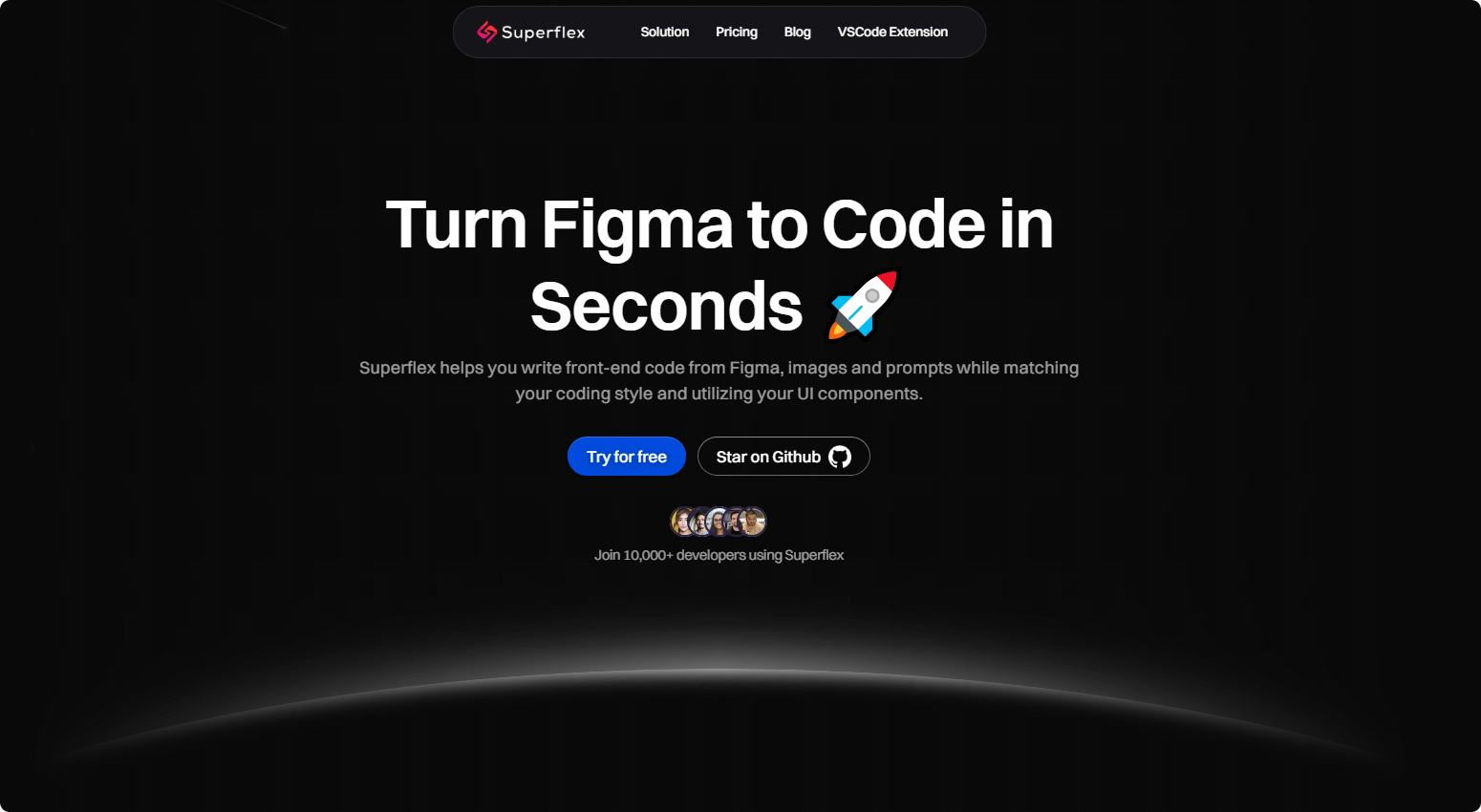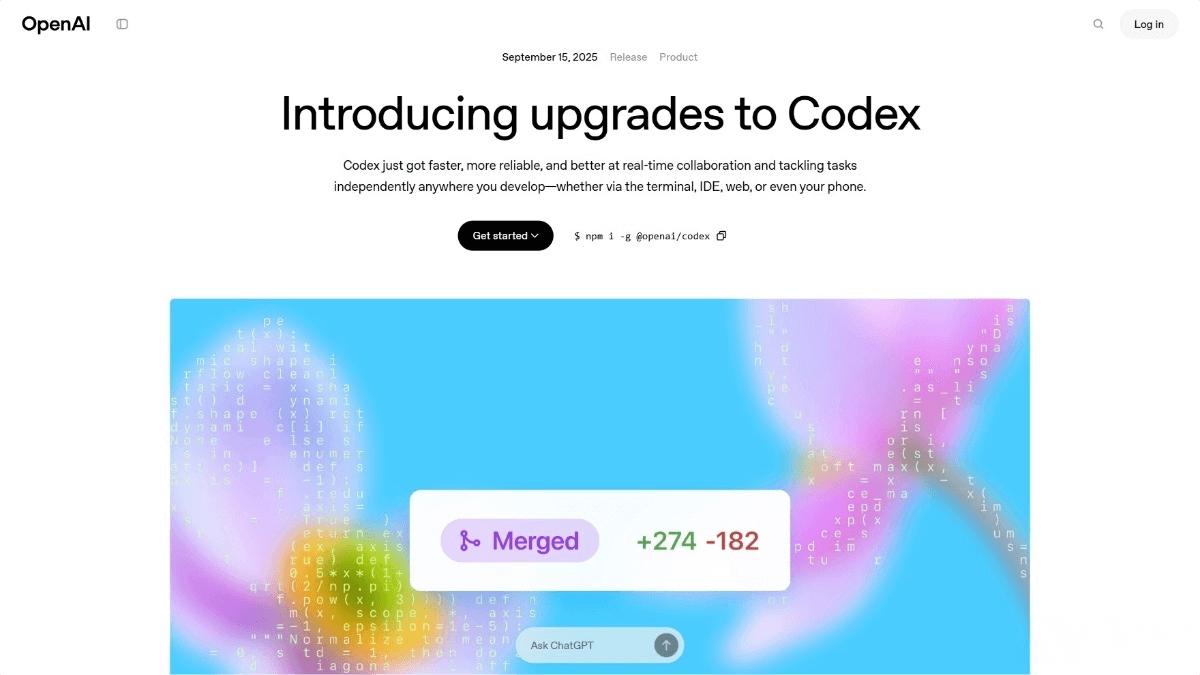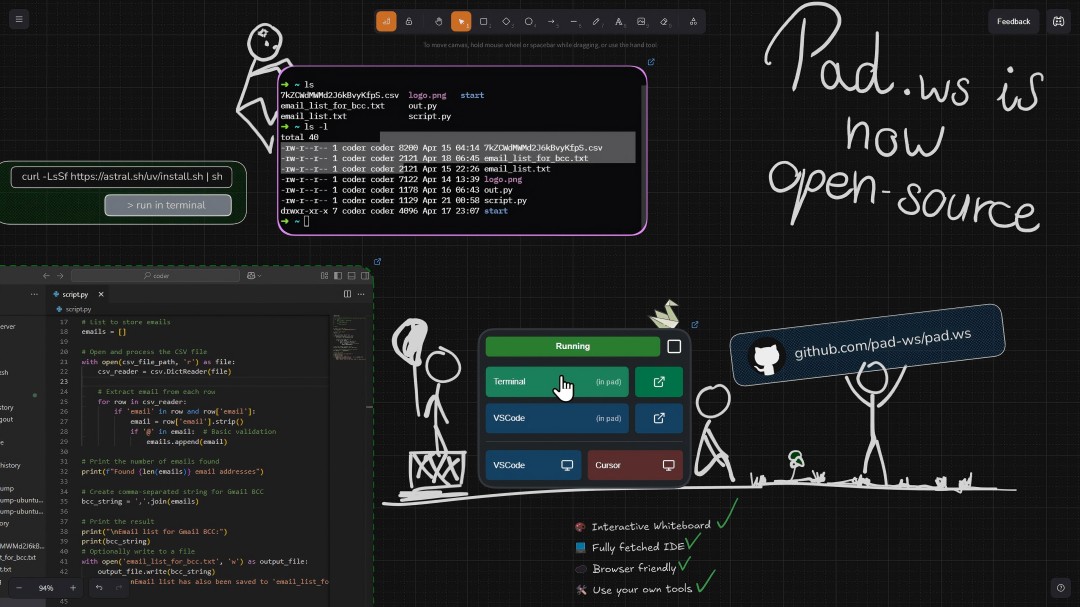WebSSL – A series of visual self-supervised learning models launched by Meta in collaboration with institutions such as New York University
What is WebSSL?
WebSSL (Web-scale Self-Supervised Learning) is a series of visual self-supervised learning (SSL) models introduced by Meta, New York University (NYU), and other institutions. It trains vision models on large-scale web data (such as billions of images) without relying on language supervision.
WebSSL includes multiple model variants, such as Web-DINO and Web-MAE, with parameter sizes ranging from 300 million to 7 billion. These models excel in multimodal tasks (e.g., Visual Question Answering (VQA), Optical Character Recognition (OCR), and chart understanding), even outperforming language-supervised models like CLIP.
The core strength of WebSSL lies in its ability to leverage large-scale data and its sensitivity to data distribution. By selecting image datasets rich in textual content, it significantly improves performance in OCR and chart understanding tasks.
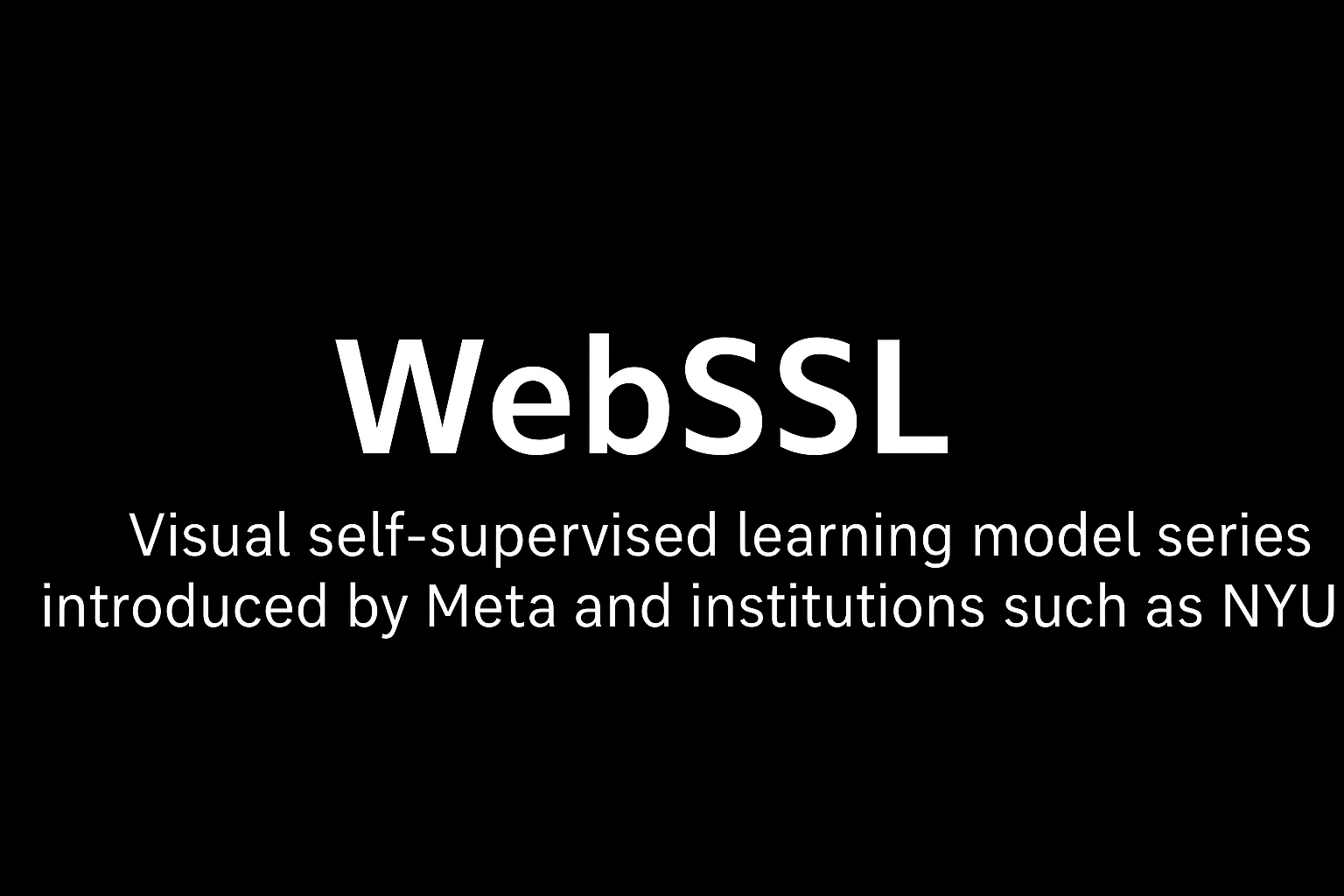
Key Features of WebSSL
-
No Language Supervision Required: Learns effective visual representations from large-scale image data without the need for language supervision.
-
Excellent Multimodal Task Performance: Achieves or exceeds the performance of language-supervised models like CLIP in tasks such as VQA, OCR, and chart understanding.
-
Enhanced Task Performance through Data Selection: Selects image data rich in text to improve OCR and chart understanding capabilities.
-
Strong Scalability: Performance continues to improve with larger model capacities and increased training data.
Technical Principles of WebSSL
-
Self-Supervised Learning (SSL): Utilizes methods like contrastive learning or masked image modeling to learn visual representations from large-scale unlabeled image data.
-
Contrastive Learning: Brings augmented views of the same image closer together while pushing views of different images further apart, enabling semantic representation learning.
-
Masked Image Modeling: Learns local and global image structures by predicting the masked parts of images.
-
-
Large-Scale Data Training: Training on massive and diverse web datasets enables the model to learn broad and complex visual concepts.
-
Model Scaling: Expanding model parameters (from 300 million to 7 billion) enhances the model’s capacity to learn complex visual patterns and semantic information, leading to excellent performance on multimodal tasks.
-
Data Selection: Filtering images that contain more text (e.g., charts, documents) helps improve OCR and chart understanding performance by focusing the model on text-related visual features.
-
Multimodal Task Evaluation: Evaluation is primarily based on Visual Question Answering (VQA), covering various task categories (e.g., general, knowledge, OCR and chart-based tasks, and visually centered tasks), offering a comprehensive view of real-world performance.
Project Links for WebSSL
-
Official Website: https://davidfan.io/webssl/
-
GitHub Repository: https://github.com/facebookresearch/webssl
-
HuggingFace Model Hub: https://huggingface.co/collections/facebook/web-ssl
-
arXiv Technical Paper: https://arxiv.org/pdf/2504.01017
Application Scenarios for WebSSL
-
Multimodal Visual Question Answering: Used in intelligent customer service and educational assistance to understand images and answer related questions.
-
OCR and Chart Understanding: Accurately recognize text and chart information in documents and data analysis tasks.
-
Image Classification and Segmentation: Applied in medical imaging analysis and autonomous driving for precise image recognition.
-
Visual Content Recommendation: Powers recommendation systems for images or videos based on user preferences.
-
Robotic Vision and Environmental Perception: Helps robots better understand their surroundings, enhancing autonomy and interaction capabilities.
Related Posts

